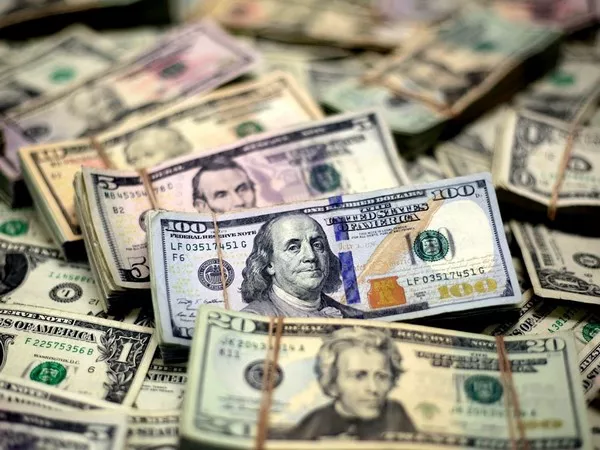In a notable departure from trends witnessed earlier this month, there has been a conspicuous increase in bond prices leading to lower yields, a pattern emerging as the default trend in recent weeks. This shift was further underscored by comments from Federal Reserve’s Christopher Waller, traditionally known as a more hawkish member of the Federal Open Market Committee (FOMC). In contrast to a month ago, marked by robust U.S. third-quarter growth, Waller is increasingly optimistic about the Fed’s ability to effectively temper economic activity and bring inflation back to its 2% target.
Waller, cautioning that more evidence is needed to ascertain the sustainability of this trend, nevertheless hinted at a subtle shift in the market’s perception. Despite the Federal Reserve’s readiness to raise policy rates if inflation remains stagnant, Waller’s tone was notably more balanced and conditional. Market conclusions drawn from this interview have been straightforward – an amplified bet on the Federal Reserve’s early policy easing. The first rate cut is now priced in for the May meeting, with the second fully reflected in July’s prices.
This sentiment shift is evident in the U.S. yield curve, which has steepened significantly. The 2-year Treasury yield declined by 15.4 basis points, while the 30-year Treasury yield fell by 3.2 basis points. The decrease is primarily attributed to lower real yields, with the 10-year yield dropping by 7.7 basis points to 2.10%. The 10-year Treasury yield breached the 4.34% support level, erasing gains made from April to October, amounting to a 38% increase. Additionally, the 2-year yield relinquished several correction lows in the 4.80/71% region.
German bond yields, lagging far behind their U.S. counterparts, fluctuated between 8.1 basis points (2-year) and 2.5 basis points (30-year). It is noteworthy that the sharp decline in yields provided little support for equities (S&P +0.1%).
Simultaneously, the U.S. dollar faced significant headwinds, with the Dollar Index (DXY) dropping from the 103.2 region to close near 102.75. The euro broke through resistance at 1.0960/65, testing the 1.10 psychological level. The dollar against the yen is extensively testing the earlier correction low of 147.15 from earlier this month. Gold emerged as a major beneficiary, nearing $2041 per ounce.
The trends observed yesterday continued into this morning, with U.S. bond yields falling another 6 basis points. The U.S. dollar remains under pressure (DXY at 102.62, EUR/USD at 1.1005). Asian stock markets showed mixed movements, with a slight dip observed.
Later today, attention will shift to the first release of November Consumer Price Index (CPI) data from European Union member states, particularly Belgium, Spain, and notably Germany. Germany’s HICP inflation rate is expected to slow to -0.5% month-on-month and 2.5% year-on-year (down from 3.0%). Several technical issues and base effects may complicate interpretations, potentially leading to reversals in the coming months. Nevertheless, weak German inflation data could further strengthen the downward trend in European Union yields, creating a more balanced situation between the euro and the dollar. Technical charts, coupled with globally lower interest rates, suggest a sustained weakness in the U.S. dollar, particularly after breaking several support levels, including the 1.0965 region.


